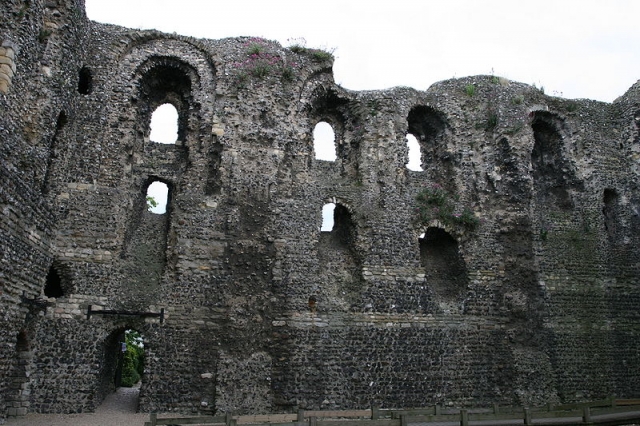Teaching the Historic Environment
Guidance for teaching the Historic Environment in new GCSE courses

The GCSE History criteria specify that the courses should cover three geographical contexts: local, British and European/wider world. The requirement to include some local history has been developed into the study of a locality in its Historic Environment. This has been developed in four different ways by the Awarding bodies in England. However, there are some key points which apply to all studies of them.
- Key Questions. The particular historic environment being studied should be approached like any other history topic, by asking questions. Even if the site is well-interpreted and explained in detail in guide-books etc., try and find a key question, a puzzle, to unlock students’ curiosity and turn it into an investigation.
- People. The way in is through people. Who lived/worked there? How did they use the site? Why does it look the way it does? It may be that you can find a real person who had a close connection with the site. If not, then use the evidence of the site to show how people used it, what it meant to them.
- Site as Source. A historic site is not only a place to be studied in its own right; it is a source of evidence just as much as a document or a photo. In some specifications the Historic Environment Study is linked to another unit, a Theme, or a Depth Study. The site needs questioning in much the same way as any other source for the evidence it can be made to provide for students.
- Focus points. Some sites are large. Indeed in some specifications they are very large indeed: Whitechapel, the Western Front or London (Edexcel), a particular quarter of a city (OCR (A)). It is worth finding two or three focus points which are particularly significant, or present interesting problems, or provide particularly strong evidence. For a single site it might be a tower, an entrance, a window, a room; for very extensive sites it might be a building, a single street or place.
- Visit. It is not necessary to visit the chosen or given site. Nevertheless, however good the photographs or videos, working at a historic site is a unique experience, quite unlike any other elements of the students’ course. A visit to a comparable, similar site will help students comprehend the exam site in a different way.
- Timing. Whether you set your study of the Historic Environment within a linked unit, or deal with it separately, students will need some context before even looking at the site. Give just enough context to enable them to comprehend what they will be looking at, but leave something for a ‘Wow factor’, even if the site is only seen on screen. Don’t over-explain, over-interpret: the site shouldn’t be simply an illustration of what your students already know.
This element of the GCSE is new to everyone. If you would like support, guidance or to discuss ideas with a member of the Historical Association's secondary committee working on the same specification as you, please contact our committee representatives below.
AQA: Helen Snelson: hsnelson@mountschoolyork.co.uk or Carmel Bones: carmel_bones@btinternet.com
OCRA: Abdul Mohamud abdulmohamud@justice2history.org
OCR B: Richard Kennett richardbkennett@hotmail.com
Edexcel: Zoe Howells Zoe.Howells@harrisfederation.org.uk
We are currently looking into a representative for the Eduqas specification.
This resource is FREE to all registered users of the website
If you are not already registered you can sign up for FREE Basic Website Access or Join the HA to access this content.

